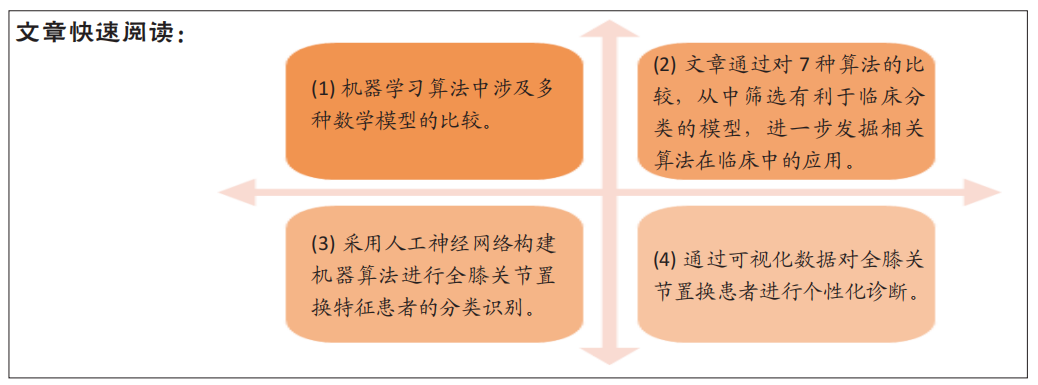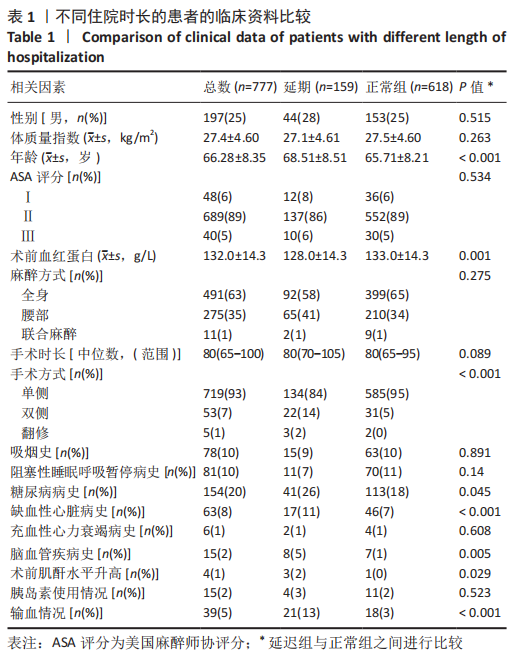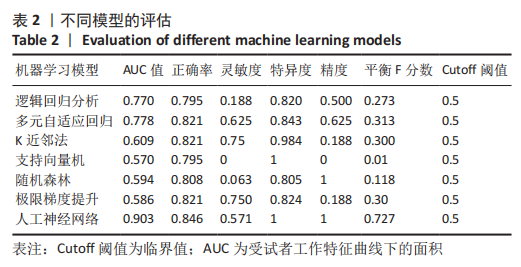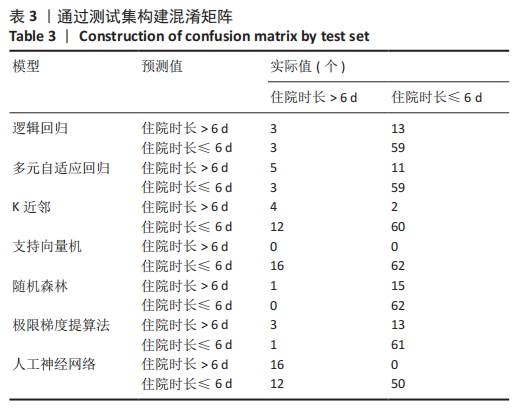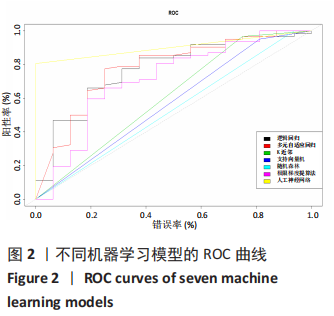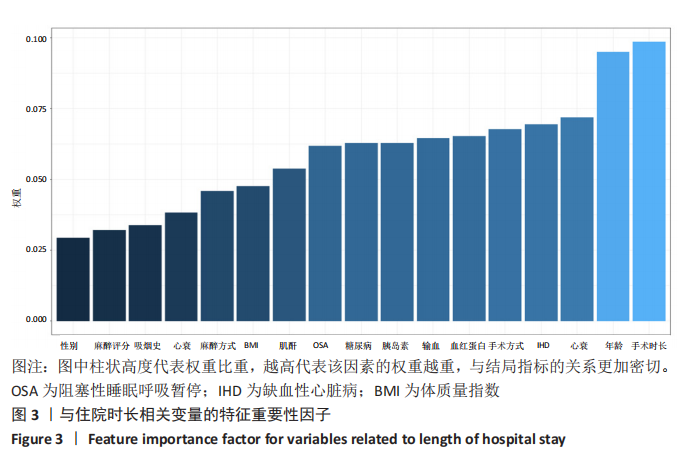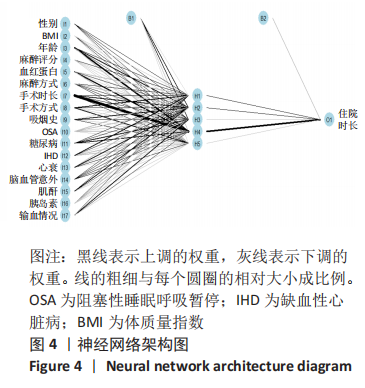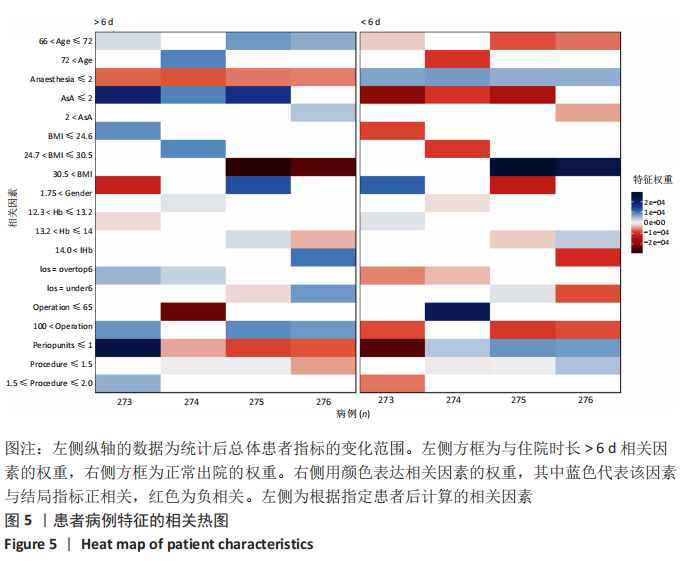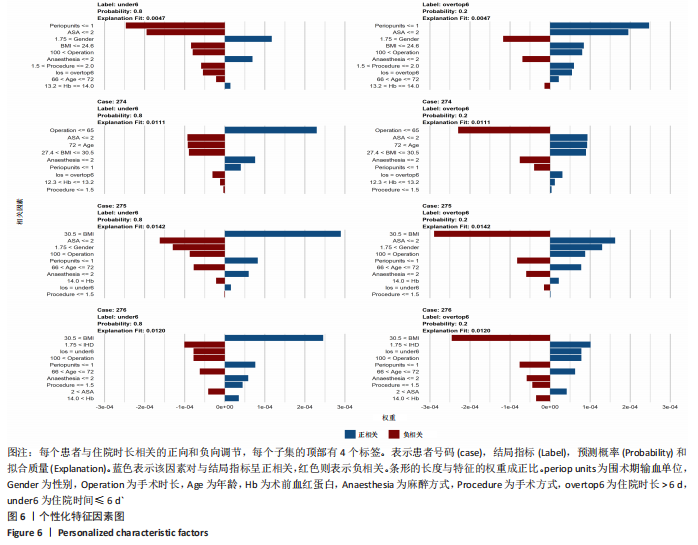[1] MARADIT KH, LARSON DR, CROWSON CS, et al. Prevalence of Total Hip and Knee Replacement in the United States. J Bone Joint Surg Am. 2015;97(17):1386-1397.
[2] WEISER TG, REGENBOGEN SE, THOMPSON KD, et al. An estimation of the global volume of surgery: a modelling strategy based on available data. Lancet. 2008;372(9633):139-144.
[3] den HERTOG A, GLIESCHE K, TIMM J, et al. Pathway-controlled fast-track rehabilitation after total knee arthroplasty: a randomized prospective clinical study evaluating the recovery pattern, drug consumption, and length of stay. Arch Orthop Trauma Surg. 2018;132(8):1153-1163.
[4] HUSTED H, JENSEN C M, SOLGAARD S, et al. Reduced length of stay following hip and knee arthroplasty in Denmark 2000-2009: from research to implementation. Arch Orthop Trauma Surg. 2012;132(1):101-104.
[5] AYALON O, LIU S, FLICS S, et al. A multimodal clinical pathway can reduce length of stay after total knee arthroplasty. HSS J. 2017;7(1):9-15.
[6] ABDULLAH HR, SIM YE, HAO Y, et al. Association between preoperative anaemia with length of hospital stay among patients undergoing primary total knee arthroplasty in Singapore: a single-centre retrospective study. BMJ Open. 2017; 7(6):e16403.
[7] LIODAKIS E, BERGERON SG, ZUKOR DJ, et al. Perioperative complications and length of stay after revision total hip and knee arthroplasties: an analysis of the NSQIP Database. J Arthroplasty. 2015;30(11):1868-1871.
[8] VIOLA J, GOMEZ MM, RESTREPO C, et al. Preoperative anemia increases postoperative complications and mortality following total joint arthroplasty. J Arthroplasty. 2015;30(5):846-848.
[9] 段芳芳,吕艳伟,王立芳,等.北京市某三甲医院原发性膝关节炎住院费用分析[J].中国卫生统计,2018,35(6):863-866.
[10] KENDALE S, KULKARNI P, ROSENBERG AD, et al. Supervised machine-learning predictive analytics for prediction of postinduction hypotension. Anesthesiology. 2018;129(4):675-688.
[11] LEE CK, HOFER I, GABEL E, et al. Development and validation of a deep neural network model for prediction of postoperative in-hospital mortality. Anesthesiology. 2018;129(4):649-662.
[12] 赵诣.大数据下的机器学习算法综述-以AlphaGO为例[J].信息记录材料, 2019,20(1):10-12.
[13] 张中文,姚婷婷,张海泉,等.基于交叉验证的组合诊断方法在乳腺肿瘤诊断研究中的应用[J].中国卫生统计,2020,37(2):166-169.
[14] ALICE Z. Evaluating Machine Learning Models. O’Reilly Media, Inc. 2015;9:125-130.
[15] ZHANG Z, BECK MW, WINKLER DA, et al. Opening the black box of neural networks: methods for interpreting neural network models in clinical applications. Ann Transl Med. 2018;6(11):216.
[16] CHEN JY, LEE WC, CHAN HY, et al. Drain use in total knee arthroplasty is neither associated with a greater transfusion rate nor a longer hospital stay. Int Orthop. 2016;40(12):2505-2509.
[17] SESSLER DI, SIGL JC, MANBERG PJ, et al. Broadly applicable risk stratification system for predicting duration of hospitalization and mortality. Anesthesiology. 2010;113(5):1026-1037.
[18] LUO W, PHUNG D, TRAN T, et al. Guidelines for developing and reporting machine learning predictive models in biomedical research: a multidisciplinary view. J Med Internet Res. 2016;18(12):e323.
[19] NGUYEN P, TRAN T, WICKRAMASINGHE N, et al. $\mathtt {Deepr}$: A Convolutional Net for Medical Records. IEEE J Biomed Health Inform. 2017;21(1):22-30.
[20] XIAO J, DING R, XU X, et al. Comparison and development of machine learning tools in the prediction of chronic kidney disease progression. J Transl Med. 2019;17(1):119.
[21] RAMKUMAR PN, KARNUTA JM, NAVARRO SM, et al. Deep learning preoperatively predicts value metrics for primary total knee arthroplasty: development and validation of an artificial neural network model. J Arthroplasty. 2019;34(10): 2220-2227.
[22] LO CK, LEE QJ, WONG YC. Predictive factors for length of hospital stay following primary total knee replacement in a total joint replacement centre in Hong Kong. Hong Kong Med J. 2017;23(5):435-440.
[23] SONG X, XIA C, LI Q, et al. Perioperative predictors of prolonged length of hospital stay following total knee arthroplasty: a retrospective study from a single center in China. BMC Musculoskelet Disord. 2020;21(1):62.
[24] 李杰,段光友,曾义,等.人工神经网络、极端梯度提升和Logistic回归用于预测再次剖宫产术中输血的比较分析[J].第三军医大学学报,2019,41(24): 2430-2437.
[25] LE MANACH Y, COLLINS G, RODSETH R, et al. Preoperative score to predict postoperative mortality (POSPOM): derivation and validation. Anesthesiology. 2016;124(3):570-579.
[26] ROOTH P, DAWIDSON I, DILLER K, et al. In vivo fluorescence microscopy reveals cyclosporine G to be less nephrotoxic than cyclosporine A. Transplant Proc. 1988;20(2 Suppl 2):707-709.
[27] MISTRY PK, GAUNAY GS, HOENIG DM. Prediction of surgical complications in the elderly: can we improve outcomes? Asian J Urol. 2017;4(1):44-49.
[28] Boehm O, Baumgarten G, Hoeft A. Preoperative patient assessment: identifying patients at high risk. Best Pract Res Clin Anaesthesiol. 2016;30(2):131-143.
[29] KAPPEN TH, PEELEN LM. Prediction models: the right tool for the right problem. Curr Opin Anaesthesiol. 2016;29(6):717-726. |
